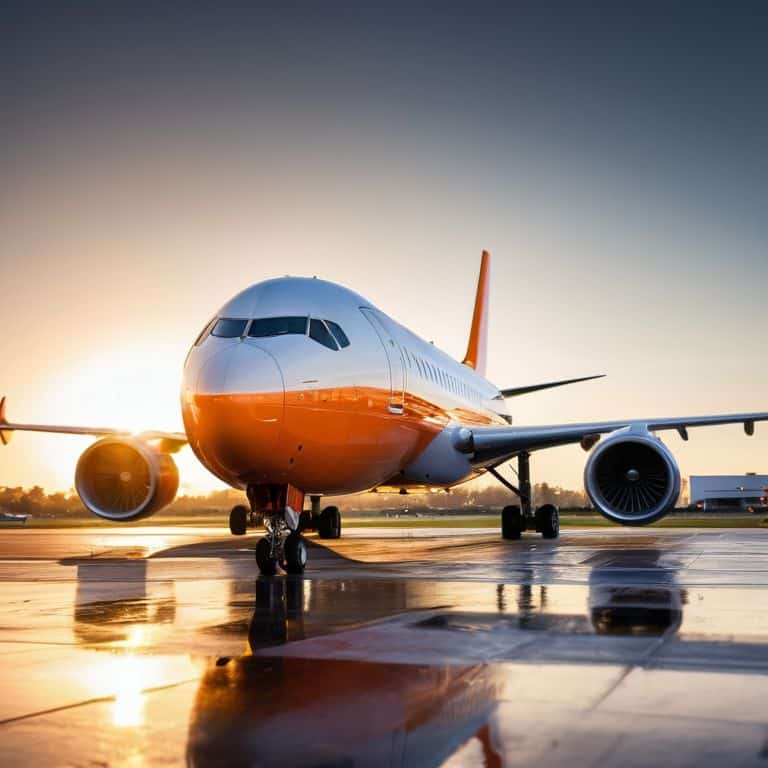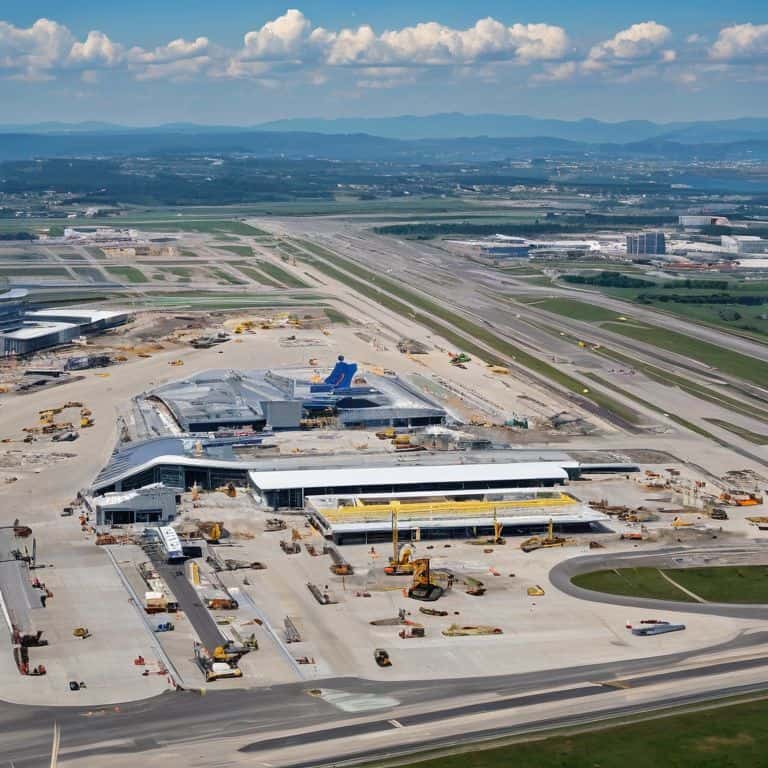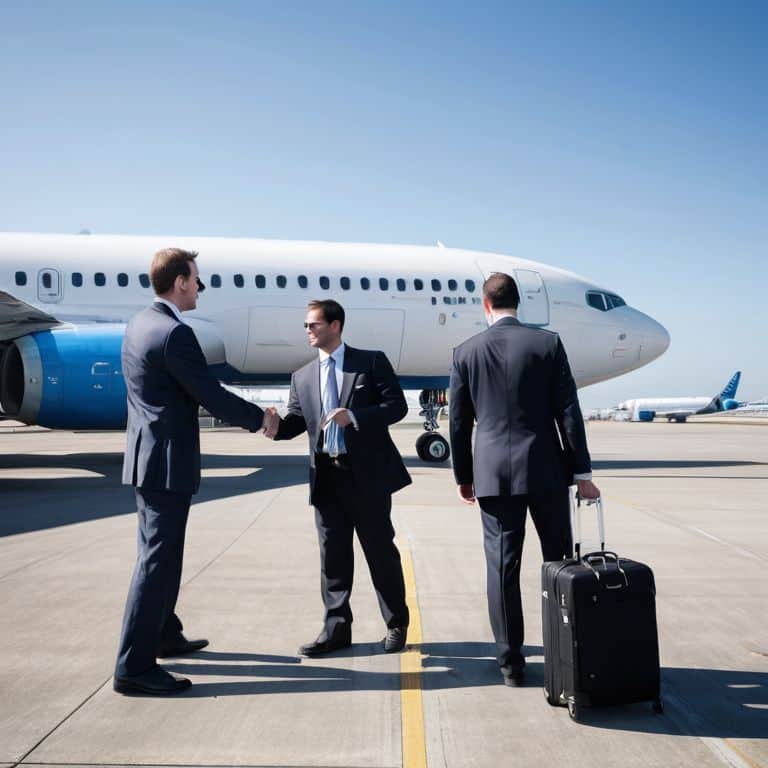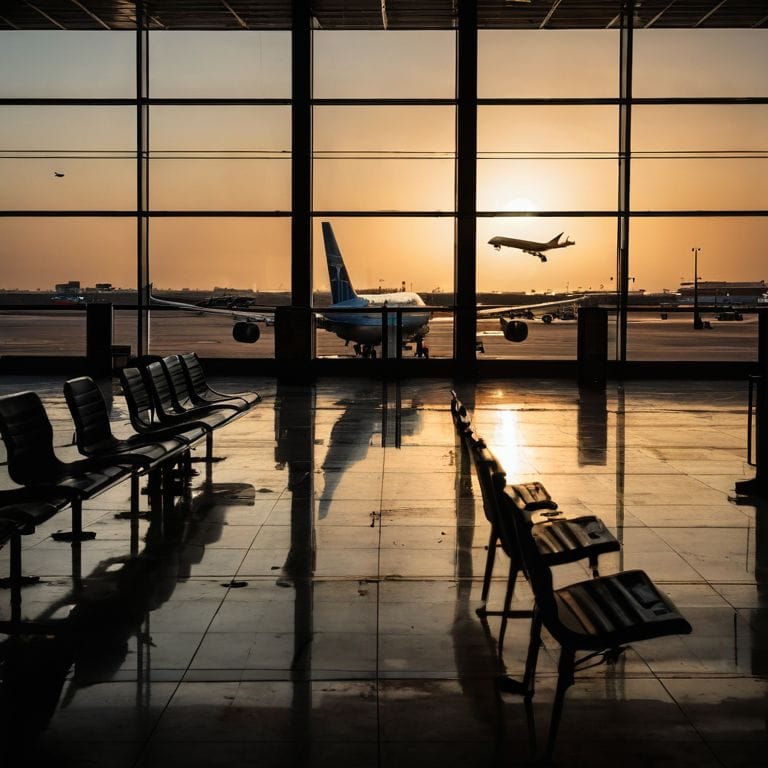I still remember the first time I delved into the world of aviation finance, trying to understand how airlines finance new aircraft purchases. It was like navigating a complex maze, with numerous financing options and mechanisms that seemed to favor the airlines over the investors. As someone who’s spent years analyzing the aviation industry, I’ve seen my fair share of overcomplicated financing models that promise the world but often end up benefiting only the airlines. It’s time to cut through the hype and look at the cold, hard data.
As an aviation industry analyst and investor, I’m committed to providing you with honest, data-driven advice on how to make informed decisions when it comes to investing in airlines. In this article, I’ll walk you through the various financing options available to airlines, from lease agreements to secured loans, and help you understand the key factors that influence their financing decisions. My goal is to empower you with the knowledge and insights you need to make smart investment choices, without getting caught up in the speculative hype that often surrounds the aviation industry. By the end of this article, you’ll have a clear understanding of how airlines finance new aircraft purchases and be better equipped to navigate the complex world of aviation finance.
Table of Contents
Financing the Fleet
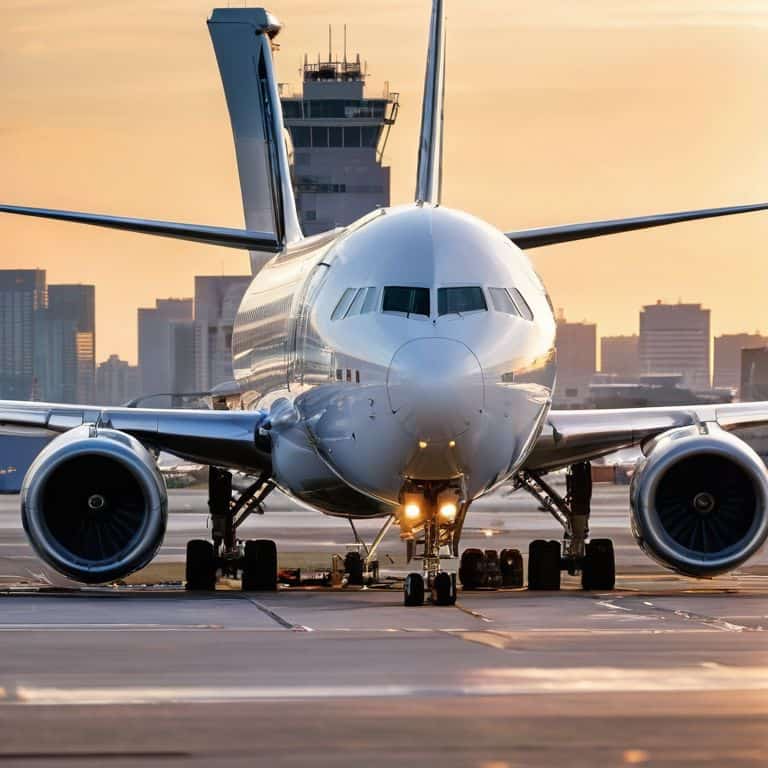
As I delve into the world of aircraft financing, I’m reminded of the complexity of aircraft leasing options. Airlines must weigh the pros and cons of leasing versus buying, considering factors like cash flow and asset utilization. With commercial aircraft loan rates fluctuating, it’s a challenging decision that requires careful analysis.
My experience with aviation finance market analysis has taught me that airline industry financing trends play a significant role in shaping these decisions. Manufacturer-backed financing programs can be an attractive option for airlines, offering competitive rates and flexible terms. However, it’s essential to consider the total cost of ownership when evaluating these programs.
In my opinion, a thorough aircraft purchase vs lease comparison is crucial for airlines to make informed decisions. By examining historical data and market trends, I’ve developed a framework to help airlines navigate this complex landscape. With the right approach, airlines can optimize their fleet financing and stay ahead in the competitive aviation market, where fuel efficiency and on-time performance are just as important as the financing terms themselves.
Aircraft Leasing Options Uncovered
Aircraft leasing has become a vital component in the aviation industry, allowing airlines to acquire new aircraft without shouldering the full financial burden of ownership. This approach enables carriers to maintain a modern fleet while keeping capital expenditures in check. By leasing aircraft, airlines can also better navigate the complexities of fleet planning and management.
The benefits of leasing are further amplified when considering the flexibility it offers. Airlines can lease aircraft for specific periods, allowing them to respond quickly to changes in market demand. This flexibility is crucial in the aviation industry, where market conditions can shift rapidly.
Commercial Loan Rates Decoded
When it comes to financing new aircraft, airlines often turn to commercial loans as a viable option. Understanding the intricacies of these loans is crucial, as they can significantly impact an airline’s bottom line. Commercial loan rates can fluctuate based on market conditions, making it essential for airlines to carefully consider their financing options.
A key factor in determining the viability of a commercial loan is the interest rate, which can range from 5% to 10% or more, depending on the lender and market conditions. This rate can greatly impact an airline’s ability to repay the loan, making it essential to carefully evaluate all financing options before making a decision.
How Airlines Finance New Aircraft Purchases
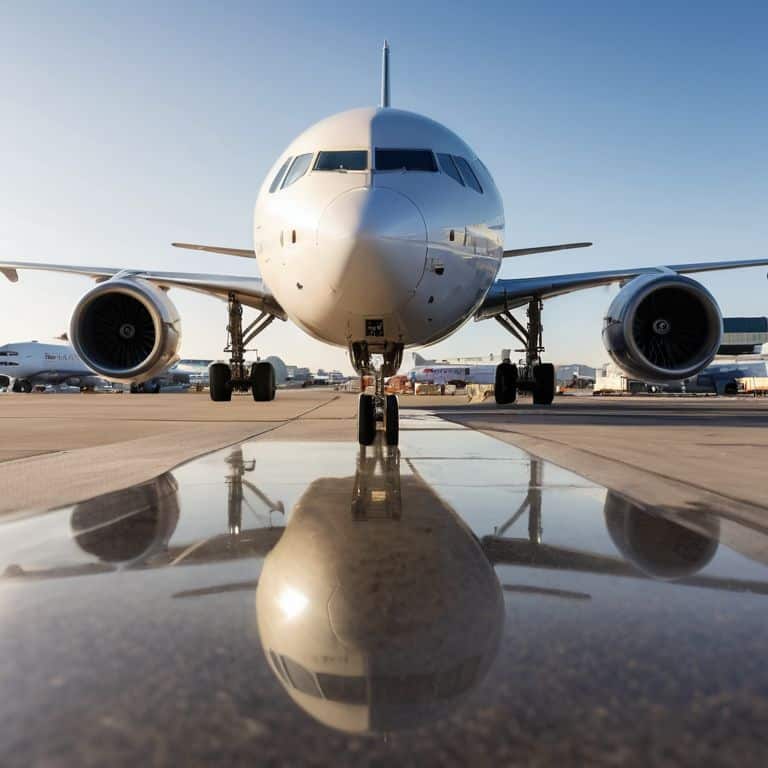
As I delve into the world of aviation finance, I’m reminded of the aircraft leasing options that have become a staple in the industry. Airlines can choose to lease planes for a specified period, allowing them to operate the aircraft without the hefty upfront cost of purchase. This approach has become increasingly popular, with many airlines opting for the flexibility it provides.
In my analysis, I’ve found that commercial aircraft loan rates play a significant role in determining the feasibility of purchasing an aircraft. With interest rates fluctuating, airlines must carefully consider the long-term implications of their financing decisions. It’s not just about securing the best rate; it’s about understanding the overall airline industry financing trends and how they impact the bottom line.
By examining the aviation finance market analysis, I’ve identified a shift towards more innovative financing solutions. Manufacturer backed financing programs are becoming more prevalent, offering airlines a range of options to suit their specific needs. As an investor, it’s essential to stay informed about these developments and understand the implications of aircraft purchase vs lease comparison on an airline’s financial health.
Manufacturer Backed Financing Secrets
As I delve into the world of aircraft financing, I’ve found that manufacturer backed financing can be a game-changer for airlines. It allows them to acquire new planes while minimizing the upfront costs, making it a more manageable expense. This type of financing is often tailored to the specific needs of the airline, taking into account their creditworthiness and fleet requirements.
By examining the _fine print_ of these agreements, it becomes clear that manufacturers are willing to offer competitive rates and flexible repayment terms to secure large orders. This not only benefits the airline but also helps the manufacturer to drive sales and maintain a strong market presence.
Purchase vs Lease Market Analysis
As I delve into the world of aircraft financing, I’ve come to realize that the decision to purchase or lease an aircraft is a critical one for airlines. It’s a choice that can make or break their bottom line, and one that requires careful consideration of various factors, including cash flow, fleet utilization, and maintenance costs.
In my analysis, I’ve found that the lease versus buy decision often comes down to flexibility and risk management. Airlines must weigh the benefits of owning an aircraft outright against the advantages of leasing, which can provide more flexibility in terms of fleet composition and route planning.
Navigating the Skies of Finance: 5 Key Tips on Aircraft Purchases
- Understand the Total Cost of Ownership: Consider not just the purchase price, but also ongoing expenses like fuel, maintenance, and insurance when deciding between buying and leasing aircraft
- Diversify Your Fleet Financing: Don’t rely on a single financing method – explore a mix of leasing, loans, and manufacturer-backed financing to optimize your airline’s financial health
- Keep a Watchful Eye on Fuel Prices: As a significant operational expense, fluctuations in global fuel prices can drastically impact your bottom line – maintain a sophisticated fuel price tracking system to inform your financial decisions
- Leverage Data to Drive Decision-Making: Utilize data on fleet performance, on-time rates, and passenger demand to make informed decisions about aircraft purchases and financing, rather than relying on intuition or speculation
- Monitor Industry Trends and Outlooks: Stay ahead of the curve by analyzing market forecasts, competitor activity, and regulatory changes to anticipate potential impacts on your airline’s financial strategy and adjust your aircraft financing plans accordingly
Key Takeaways: Navigating Aircraft Financing
Airlines can optimize their fleet financing by weighing the benefits of leasing against the long-term costs of purchasing, with lease options offering flexibility and purchase options providing ownership benefits
The choice between manufacturer-backed financing, commercial loans, and leasing is crucial, with each option carrying distinct advantages and risks that must be carefully assessed against the airline’s financial health and operational goals
Ultimately, a data-driven approach to financing decisions, considering factors such as fuel prices, fleet age, and on-time performance, is essential for airlines to maintain competitive edge and financial stability in the aviation market
Cutting Through the Financial Fog
The key to understanding how airlines finance new aircraft purchases isn’t about deciphering complex loan documents or lease agreements, it’s about recognizing that every plane in the sky represents a delicate balance of risk, reward, and financial wizardry – and that’s what makes this industry so fascinating and unpredictable.
Edward Finch
Flying High on Smart Financing
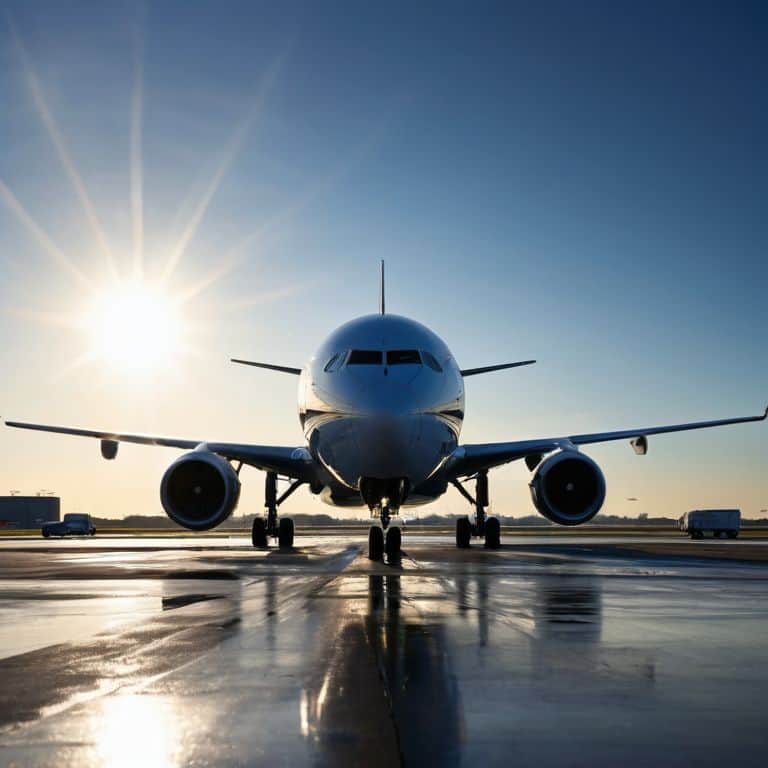
As we’ve navigated the complex world of aircraft financing, it’s clear that airlines must be strategic in their approach to fleet expansion. From leasing options to commercial loan rates and manufacturer-backed financing, the choices are multifaceted. Our analysis of purchase vs lease market trends has shown that there’s no one-size-fits-all solution, and airlines must carefully weigh their financial capabilities against the need for fleet modernization and expansion. By understanding these dynamics, investors and industry enthusiasts can make more informed decisions about the aviation sector.
In conclusion, the art of financing new aircraft purchases is a delicate balancing act, requiring a deep understanding of market trends, financial instruments, and operational needs. As I often tell my fellow investors, the key to success lies in data-driven insights, and by cracking the code on aircraft financing, we can unlock new opportunities for growth and profitability in the aviation industry. Whether you’re a seasoned investor or an aviation enthusiast, the future of flight has never been more exciting, and with the right financial strategy, the sky’s the limit.
Frequently Asked Questions
What are the most common financing models used by airlines to purchase new aircraft?
I’ve tracked the financing models used by airlines, and it boils down to three main options: commercial loans, manufacturer-backed financing, and leasing. Leasing is the most popular, with around 40% of global fleets leased, as it offers flexibility and reduced capital outlay. My spreadsheet analysis shows that leasing is particularly favored by low-cost carriers and those with variable route networks.
How do airlines balance the decision between leasing and buying aircraft, and what are the key factors that influence this choice?
For me, it’s all about the numbers – and I’ve spent years tracking the trends. When deciding between leasing and buying, airlines weigh factors like cash flow, fleet flexibility, and residual value. My analysis shows that younger fleets with strong on-time performance tend to opt for ownership, while those with older aircraft often prefer leasing to maintain cash flow and reduce maintenance costs.
What role do government-backed financing programs and export credit agencies play in supporting airlines' new aircraft purchases?
Government-backed financing programs and export credit agencies are the unsung heroes of aircraft financing, providing crucial support to airlines. They offer attractive loan terms and guarantees, helping to mitigate risks and make new aircraft purchases more viable. My spreadsheet models suggest these programs can account for up to 20% of an airline’s fleet financing.
